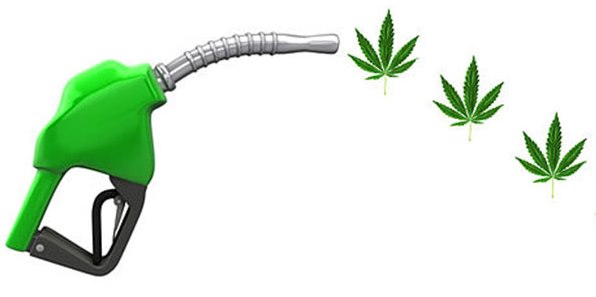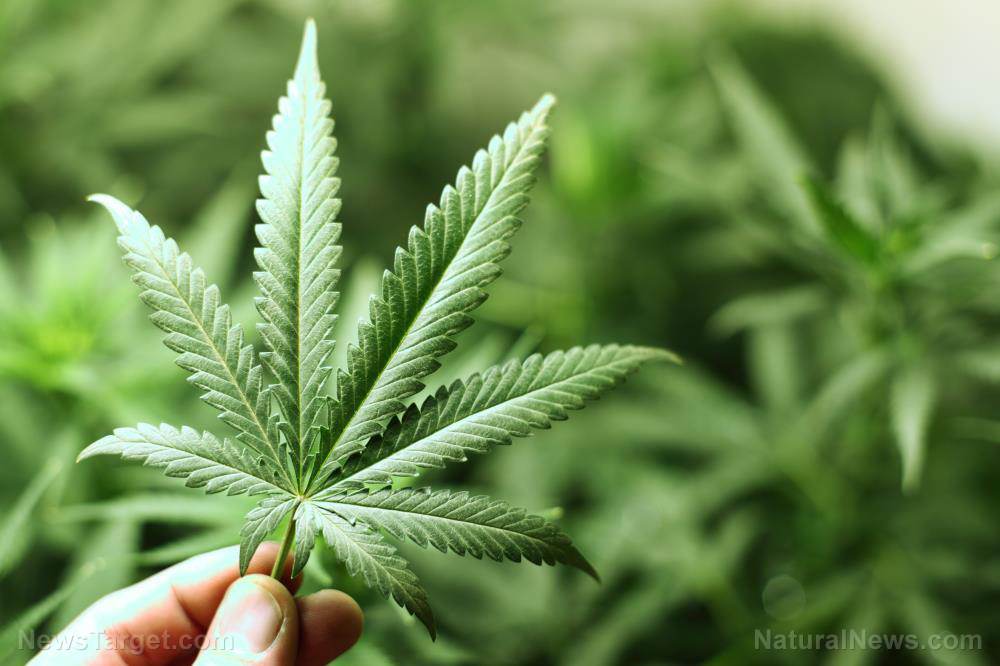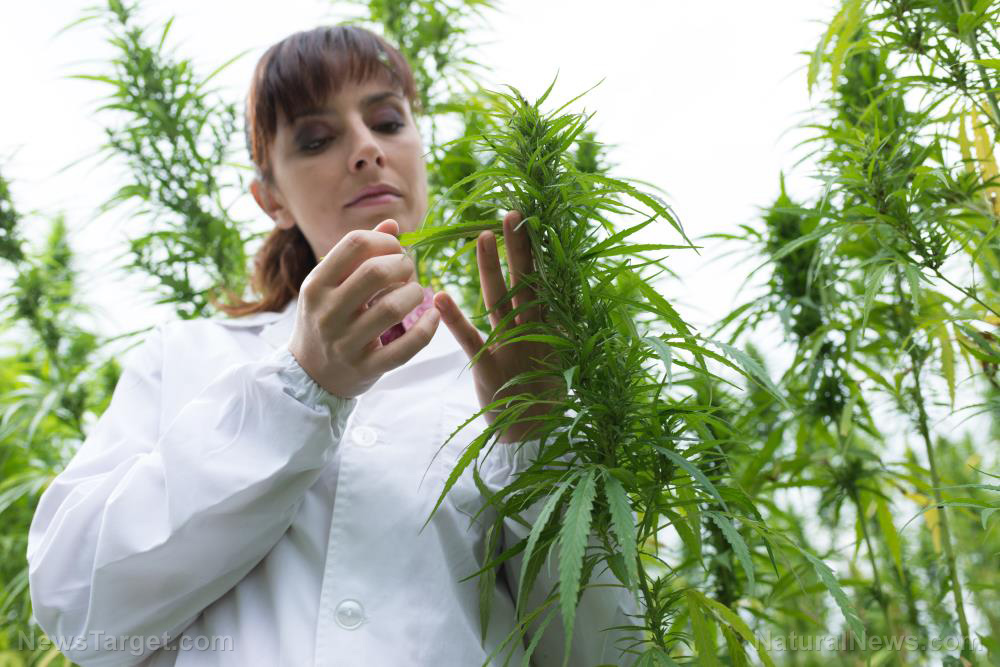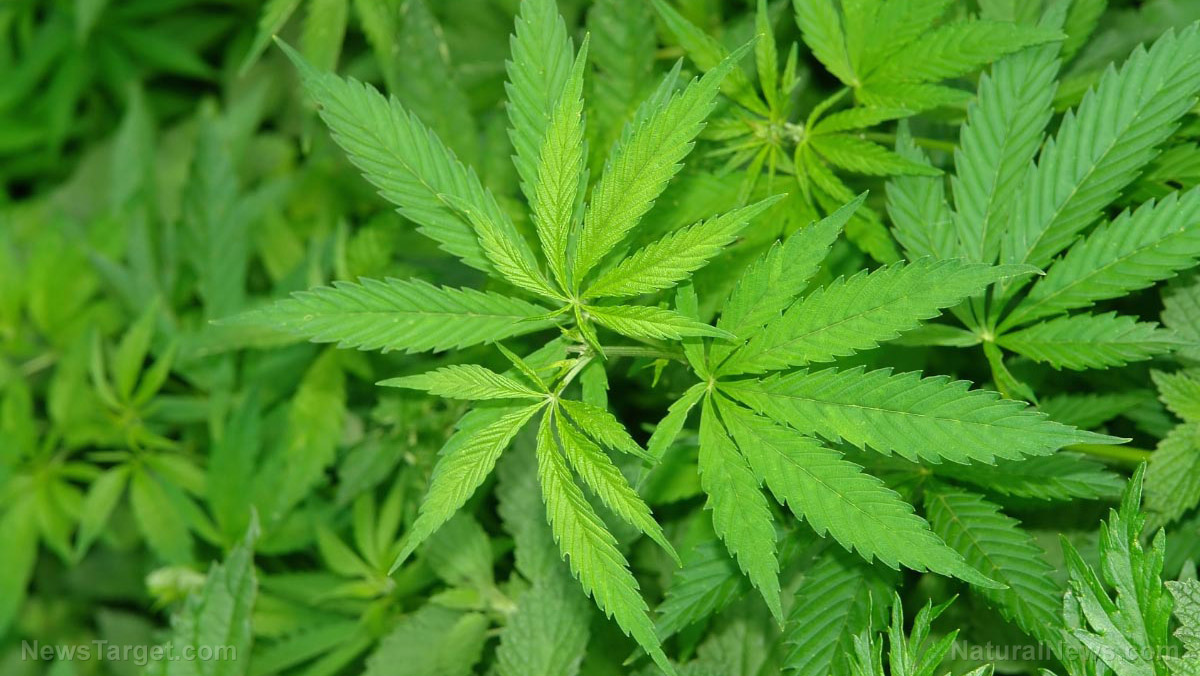From acute to chronic? Acute psychosis from marijuana use associated with future mental illness
02/07/2019 / By Jhoanna Robinson

A study that appeared in the American Journal of Psychiatry and which was authored by Marie Stephanie Kejser Starzer, Carsten Hjorthoj, Merete Nordentoft showed that people who experience acute psychotic symptoms due to excessive marijuana use have a tendency to develop a chronic psychotic illness later in life.
The researchers analyzed the long-term dispositions of 6,700 people who received a diagnosis of substance-induced psychosis between 1994 and 2014 and had no prior diagnosis of a psychotic illness.
Around 41 percent of people who had a psychotic reaction to marijuana became schizophrenic, while 47 percent developed either bipolar disorder or schizophrenia, the researchers noticed when they observed the patients within a 20-year follow-up period. About half of those who developed schizophrenia did so within 3.1 years, while half who incurred bipolar disorder did so within 4.4 years.
According to some research, people who abuse marijuana, especially during their teenage years, tend to develop schizophrenia at a much higher rate than can be illustrated by genetic predisposition.
These findings show that people who are diagnosed with substance-induced psychotic symptoms, especially after heavy marijuana use, have a higher risk of eventually succumbing to a chronic psychotic illness. This usually comes to pass after many years of addiction.
“Can the process of developing clinical symptoms be delayed or even prevented? Should individuals who experience substance-induced psychosis be more closely followed by mental health professionals? It is possible that future studies of individuals who develop acute psychotic symptoms in response to abused substances could help define markers of illnesses before the illnesses manifest clinically,” said psychiatrist Dr. Eugene Rubin.
“The more we understand about the pre-symptomatic phase of illnesses, the more likely preventative interventions can be developed,” Rubin added.
More on marijuana
Cannabis sativa and cannabis indica, which are two strains of marijuana, belong to the nettle family. They have been in use for centuries as hemp to make rope and textiles, as a medicinal herb, and as a recreational drug.
When marijuana is used as a recreational drug, over half of its psychologically active chemical ingredients seep into the bloodstream when smoked. These compounds accumulate in fatty tissues throughout the body, so it might take a while before the body gets rid of them via urine. This is why marijuana can be identified in urine even after 56 days since the last substance usage.
There are around 400 chemical compounds in an average cannabis plant, four of which are delta-9-tetrahyrdrocannabinol (delta-9-THC), cannabidiol (CBD), delta-8tetrahydrocannabinol (delta-8-THC), and cannabinol. Except CBD, the compounds are psychoactive, with the strongest one being delta-9-THC.
When marijuana is smoked, its compounds flood the bloodstream and are transported directly to the brain and other parts of the body. The feeling of being “high” is brought about by the delta-9-THC linking to cannabinoid receptors in the brain. A receptor is an area on a brain cell where certain substances can stick for a while, thereby affecting the cell and creating its own nerve impulses.
These receptors are usually located in the parts of the brain that control emotion, pleasure, concentration, memory, sensory and time perception, and thought. Cannabis compounds can also affect the ears, stomach, eyes, and the skin.
Some of marijuana’s more pleasant effects include a sense of relaxation, happiness, and sleepiness, among others. It can also make colors more vivid and music more crisp. (Related: Cannabis use doubles in the U.K.: Thousands are now using it for anxiety, epilepsy, pain control.)
However, there are also some negative effects to cannabis usage. Some people, when they overuse the drug, report having unpleasant experiences such as hallucinations (some of which can last for a few hours), anxiety and paranoia, and confusion, among others, depending on their disposition and situation. As such, long-term usage can contribute to feelings of depression and a lack of motivation.
Some researchers are also of the opinion that extensive marijuana use can contribute to minor yet irreversible cognitive degradation, thereby interfering with one’s capacity to concentrate, process information, and apply information.
For more stories regarding the effects of marijuana, updates on marijuana usage, and news regarding marijuana legalization, visit HempScience.news.
Sources include:
Tagged Under: addiction, brain function, chronic psychotic illness, hemp, marijuana, mental health, substance abuse



















